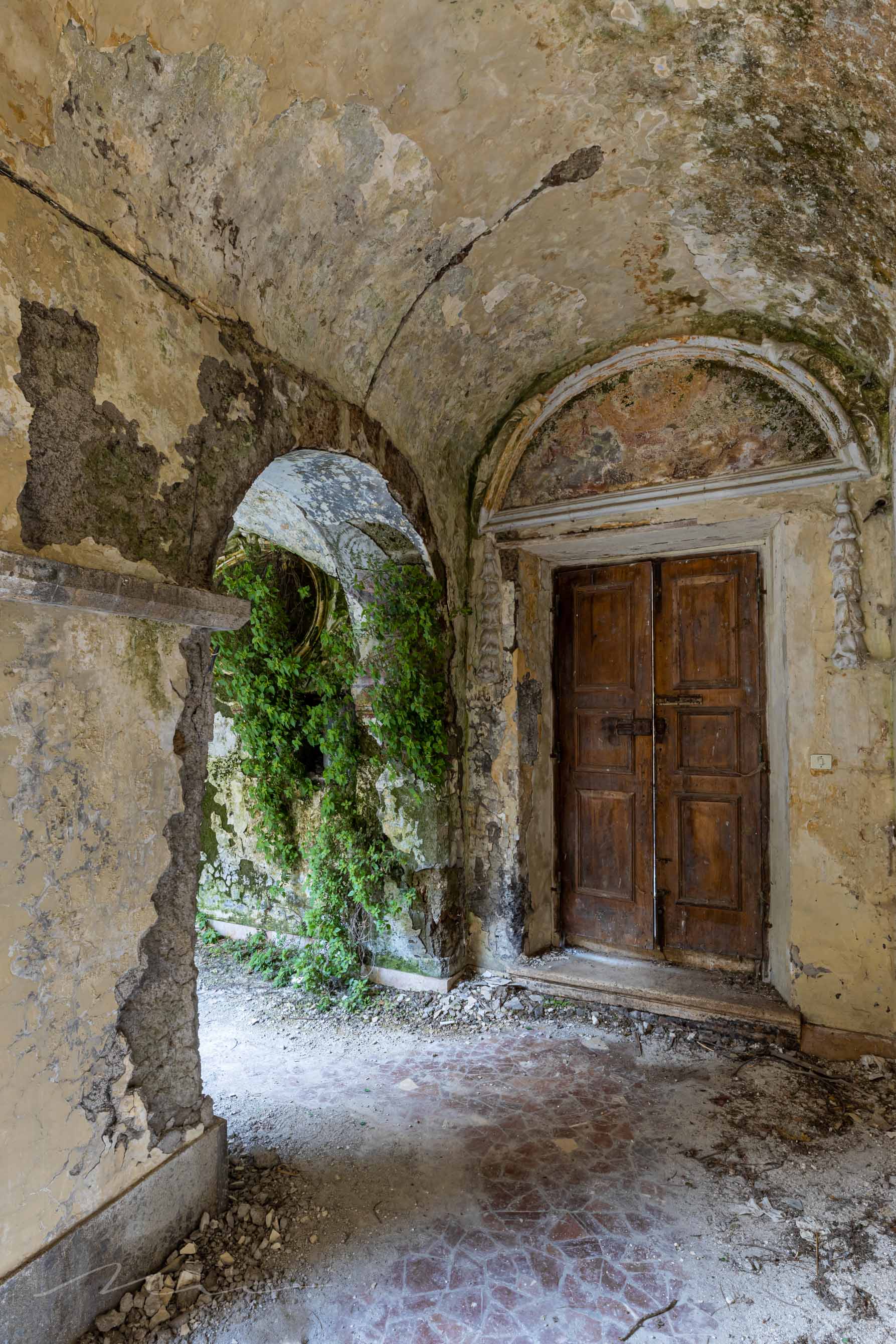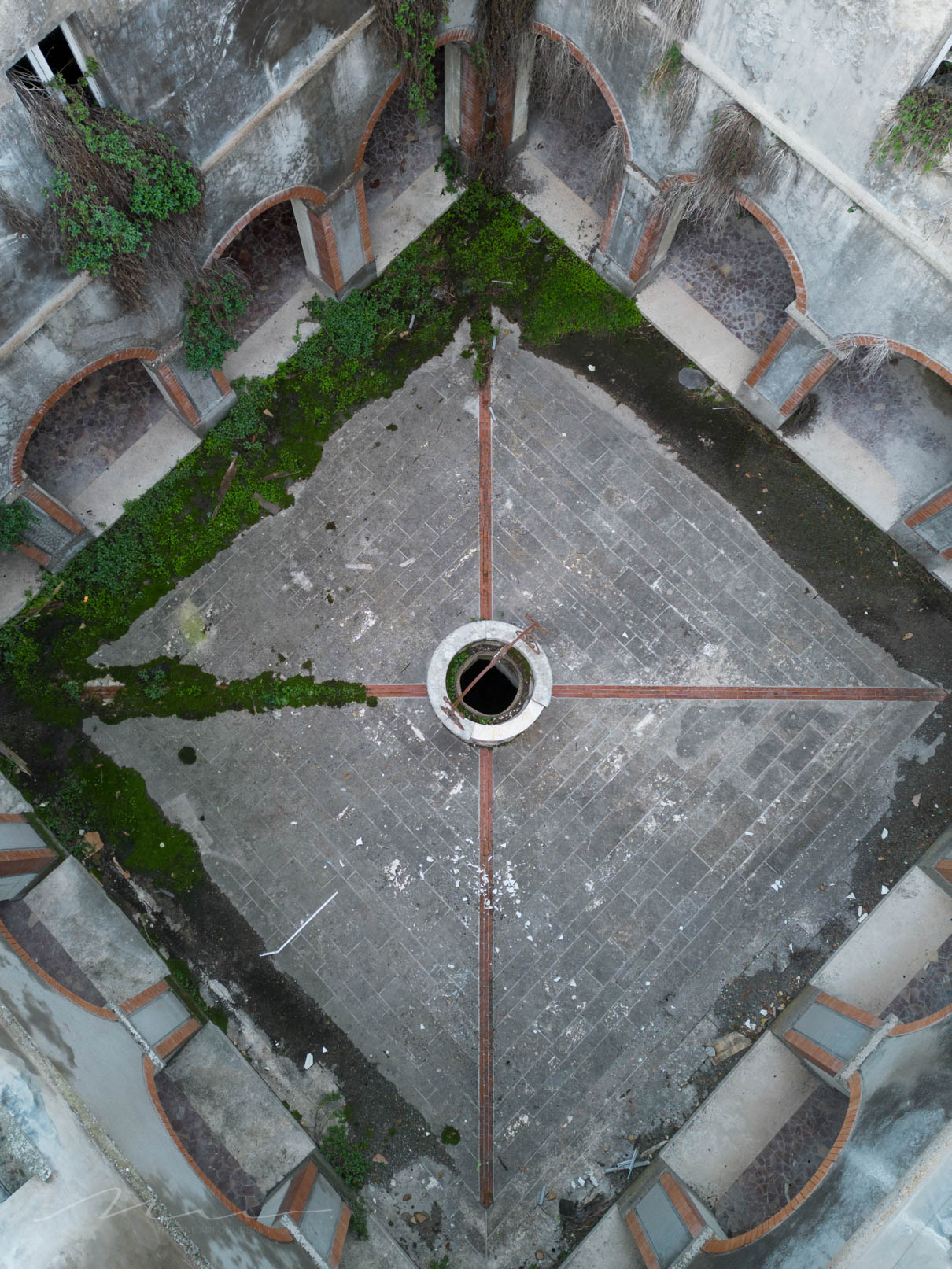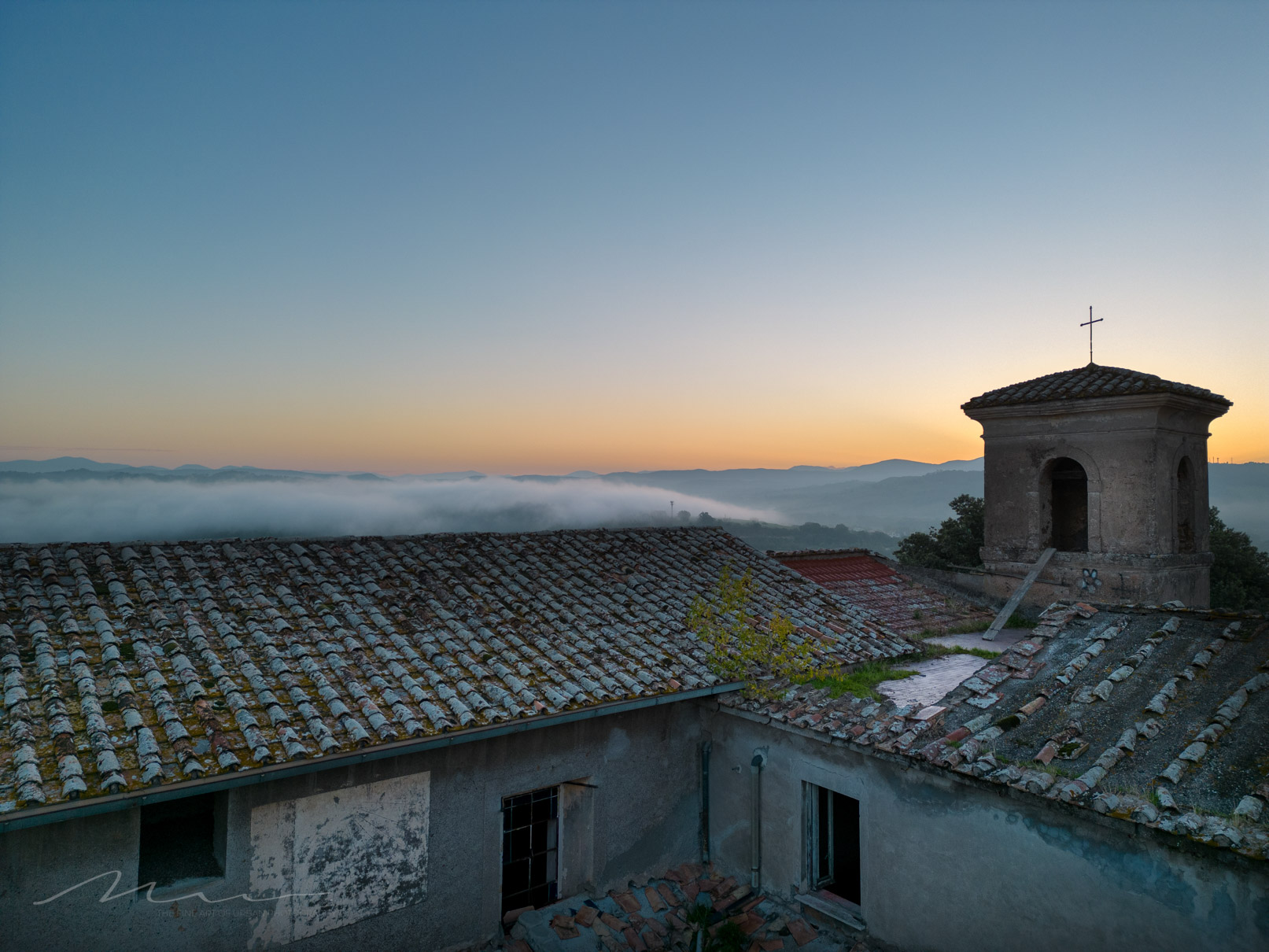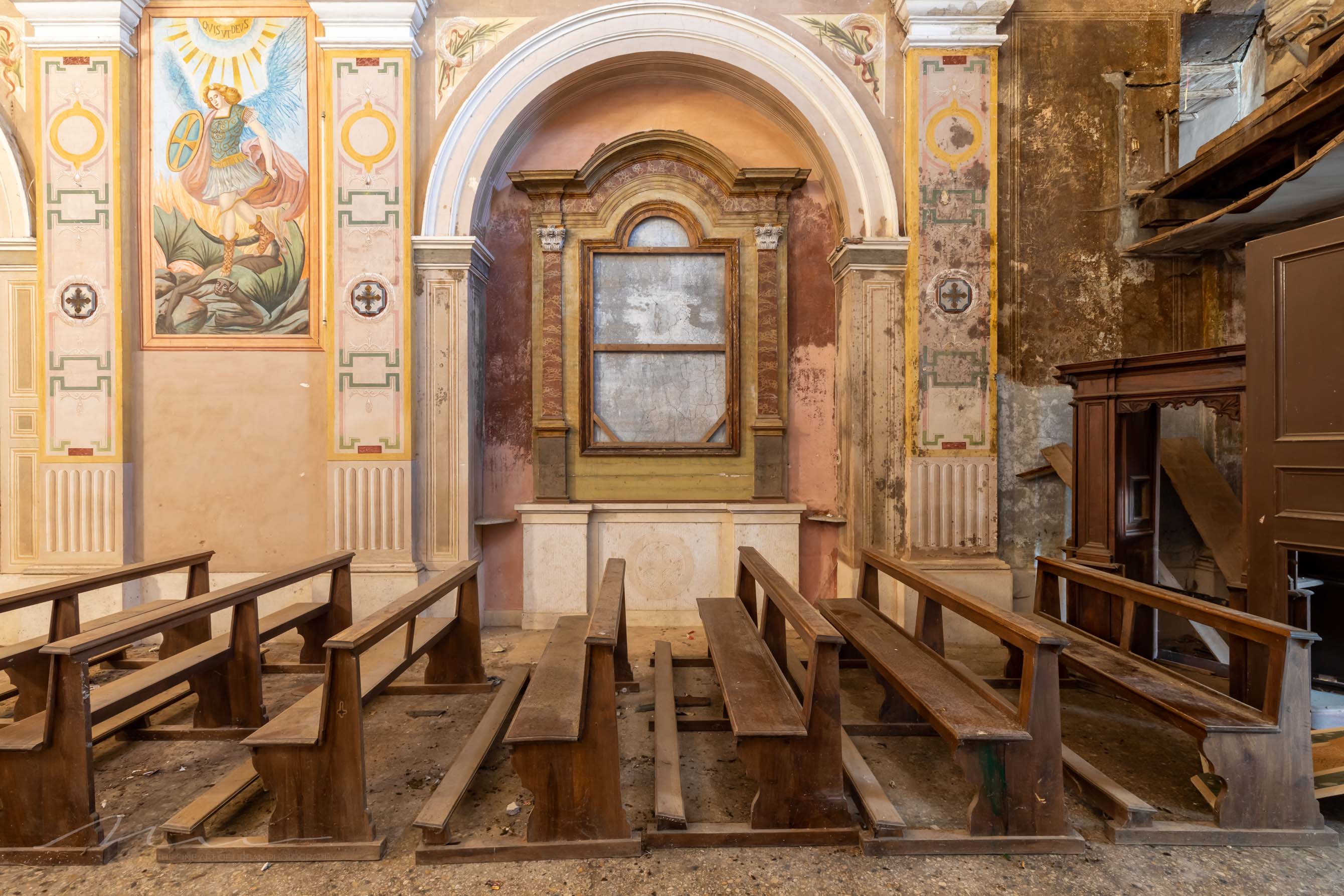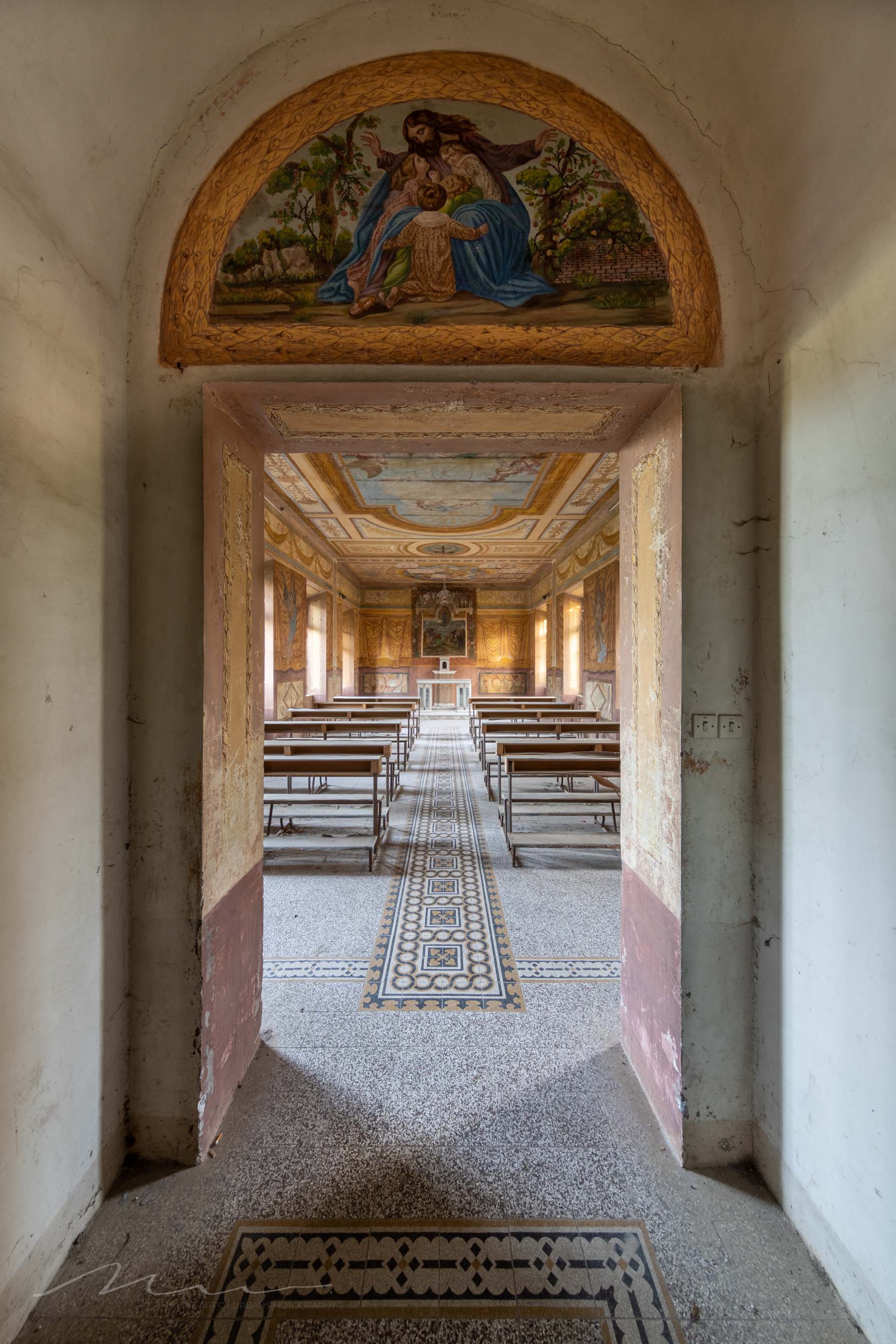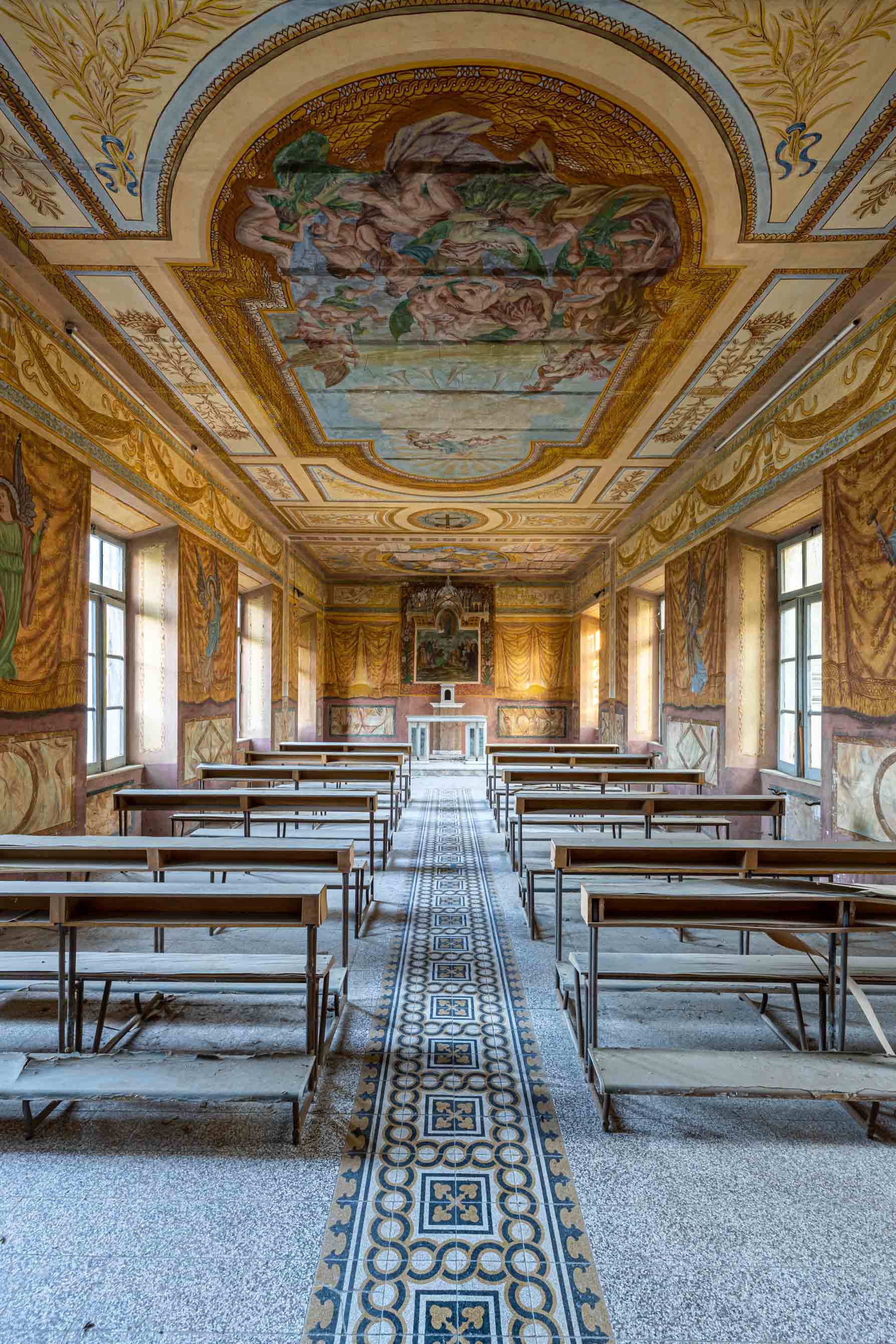San Bernardino
- December 04, 2023 - Journeys
Italy’s association with Catholicism dates back to ancient times, and over the centuries, numerous religious buildings have been constructed across the country. These structures serve as places of worship, pilgrimage, and cultural heritage. They range from small chapels and parish churches to grand cathedrals and basilicas. Ranging from 20,000 to 40,000 religious buildings, are within the realm of plausibility
Economic trends and financial constraints play a significant role in the maintenance and restoration of these structures. The cost of upkeep and restoration can be substantial, especially for older and larger buildings. Natural disasters, such as earthquakes, floods, and landslides, have also taken a toll on religious buildings in Italy. These events can cause severe damage to structures, making them unsafe or requiring extensive repairs. In some cases, the cost of restoration after a natural disaster may be prohibitive, leading to complete abandonment.
Italy’s association with Catholicism dates back to ancient times, and over the centuries, numerous religious buildings have been constructed across the country. These structures serve as places of worship, pilgrimage, and cultural heritage. They range from small chapels and parish churches to grand cathedrals and basilicas. Ranging from 20,000 to 40,000 religious buildings, are within the realm of plausibility
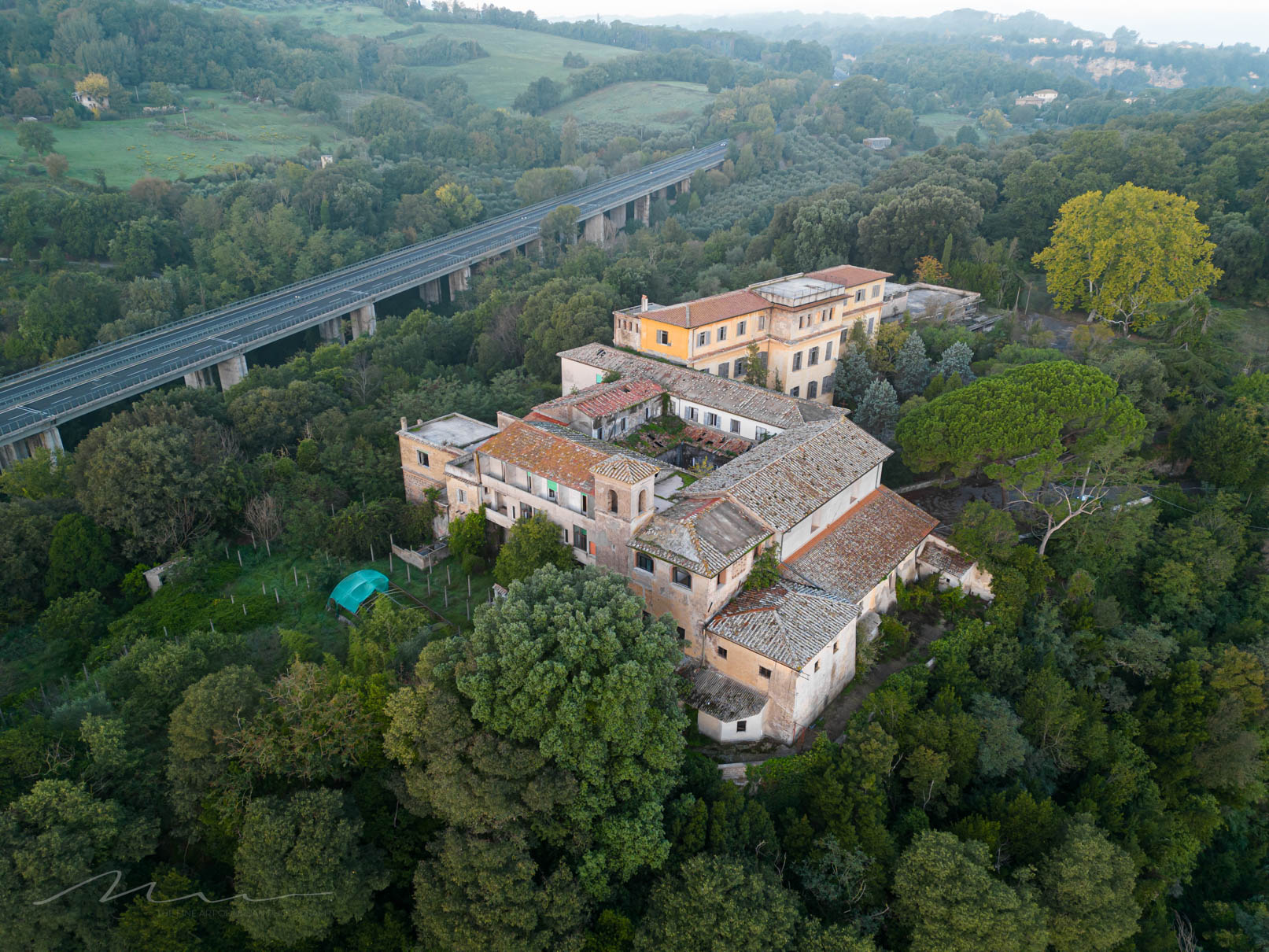

One of those abandoned ones is a real beautiful convent located in the Orte municipality.
Based on the historical details it appears that the convent has a long history, dating back to 1463. Over the years, the structure underwent several changes, including expansions and re- novations, to accommodate the needs of its occupants.
The memorial plaque indicating a
major renovation in 1751 suggests that
significant modifications were made
to the church at that time. It’s interes-
ting to note that the church was later
repurposed as a seminar, indicating its
adaptation to different functions within
the convent.
STUDY FACILITY
It’s interesting to learn that the convent ser- ved as a study facility for individuals to enter the priesthood, particularly the order of the Franciscans. Convents and religious instituti- ons often played a crucial role in the educa- tion and formation of individuals pursuing a religious vocation.
For many centuries, religious orders like the Franciscans have established educational institutions and seminaries within their con- vents to train and educate those aspiring to become priests or members of their respec- tive orders. These facilities provided a struc- tured environment for study, contemplation, and spiritual formation.
The first time I visited this monastery I was
in shock! Not only from the splendor that I
saw, but also from the 3 naked ladies walking
around. I certainly didn’t expect this. In the
years that followed I came here a few more
times, but I never met the ladies again.
